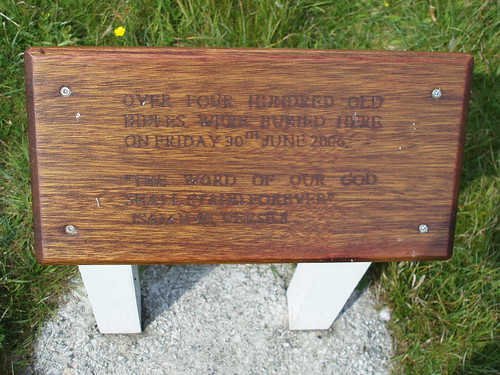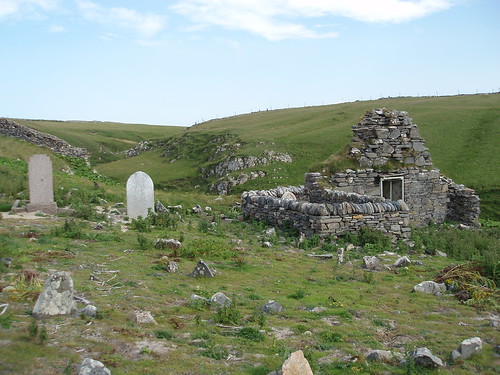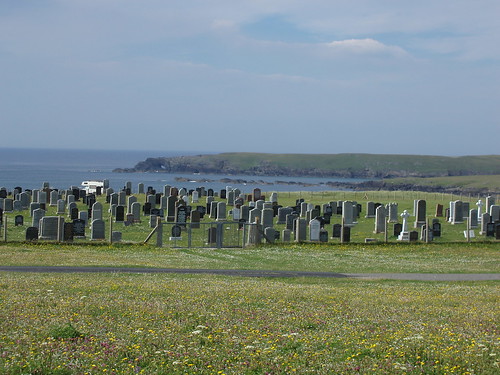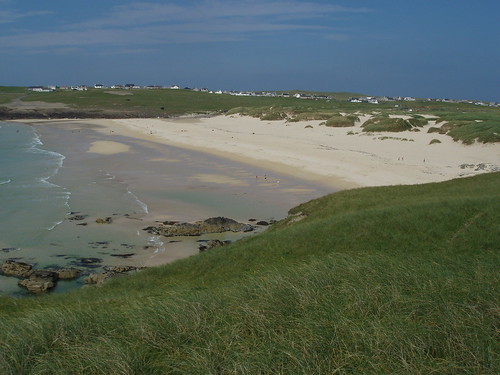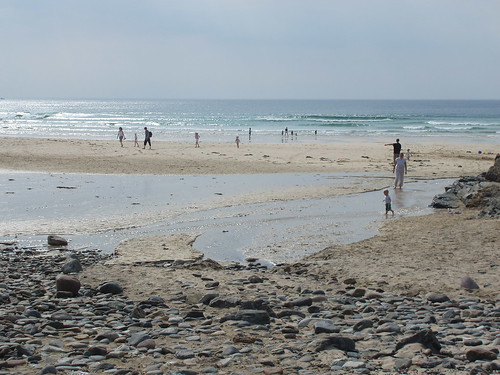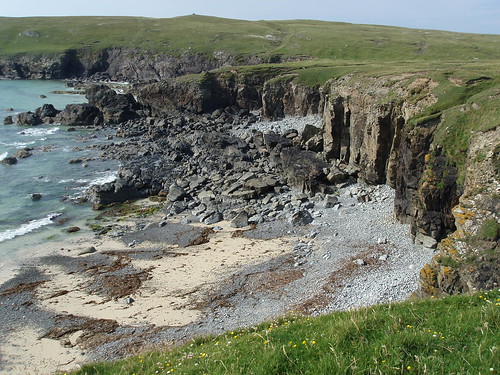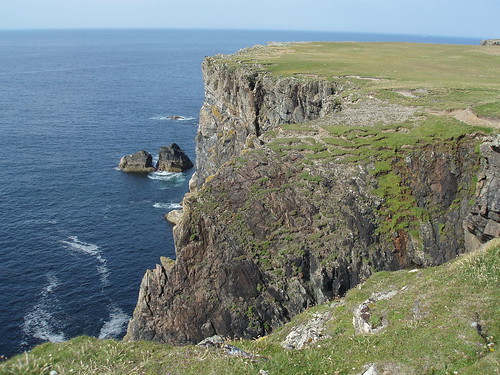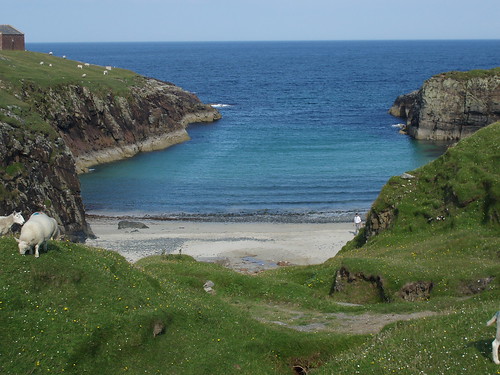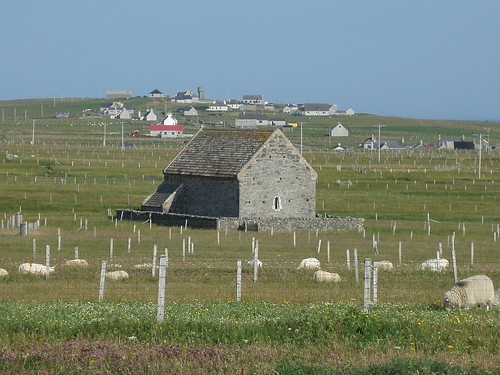Last Friday saw the formal take-over of the Galson Estate by the Galson Trust. It marks an important point in the history of community buy-outs across Scotland, a movement initiated in 1993 by the residents of the Assynt Estate in Sutherland. They were the first to purchase parts of their estate, and legislation put into place within the last few years has cemented the trend set by others, such as the Isles of Eigg and Gigha.
At the moment, it is possible for residents, living on any privately owned estate in Scotland to mount a hostile take-over bid for their land against any sitting owner. Even if said owner is not prepared to sell.
Although the Galson buy-out started out as a hostile bid, an amicable agreement was reached with the outgoing owners. Galson's 56,000 acres is the second largest successful buy-out; in November 2006, the South Uist estate was taken over by the people of Benbecula, South Uist and Eriskay, amounting to 93,000 acres.
My eye is now on South Lochs, and with a degree of concern. Back in November 2004, the people of the Park Estate voted in favour of mounting a take-over bid for their land. The current owner of the estate was not prepared to cooperate with his tenants, as he is hoping to make a packet out of the Beinn Mhor Power wind turbine park on parts of the estate.
Although the Park buy-out was commenced before Galson was, it is now bogged down in various problems. The worst is something called an interposed lease, which means (as far as I understand it, corrections welcome) that the owner leases the land to one of his agents, a separate company. And if there are more than one interposed leases, the law as it stands turns the whole exercise into a horribly convoluted nightmare.
The second problem is that there is no definite map of land in the estate. Areas of land are described, e.g. a croft "streteching 400 yards in a southwesterly direction from the Stornoway road". Some people have bought their own land off the landowner, others haven't. When I attended a meeting (in April 2006) concerned with a revision of Crofting legislation, trustees of the Park Trust complained bitterly of this whole quagmire, which could take up to 5 years to sort out.
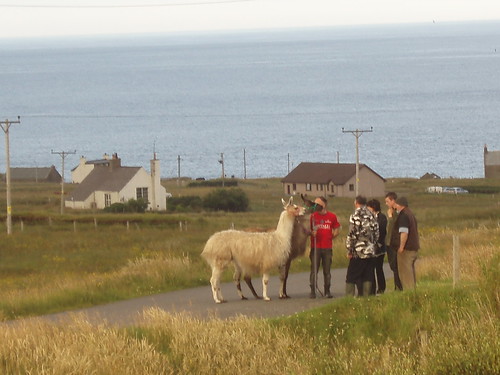 [/caption]
[/caption]

 [/caption]
[/caption] [/caption]
[/caption] [/caption]
[/caption] [/caption]
[/caption]

